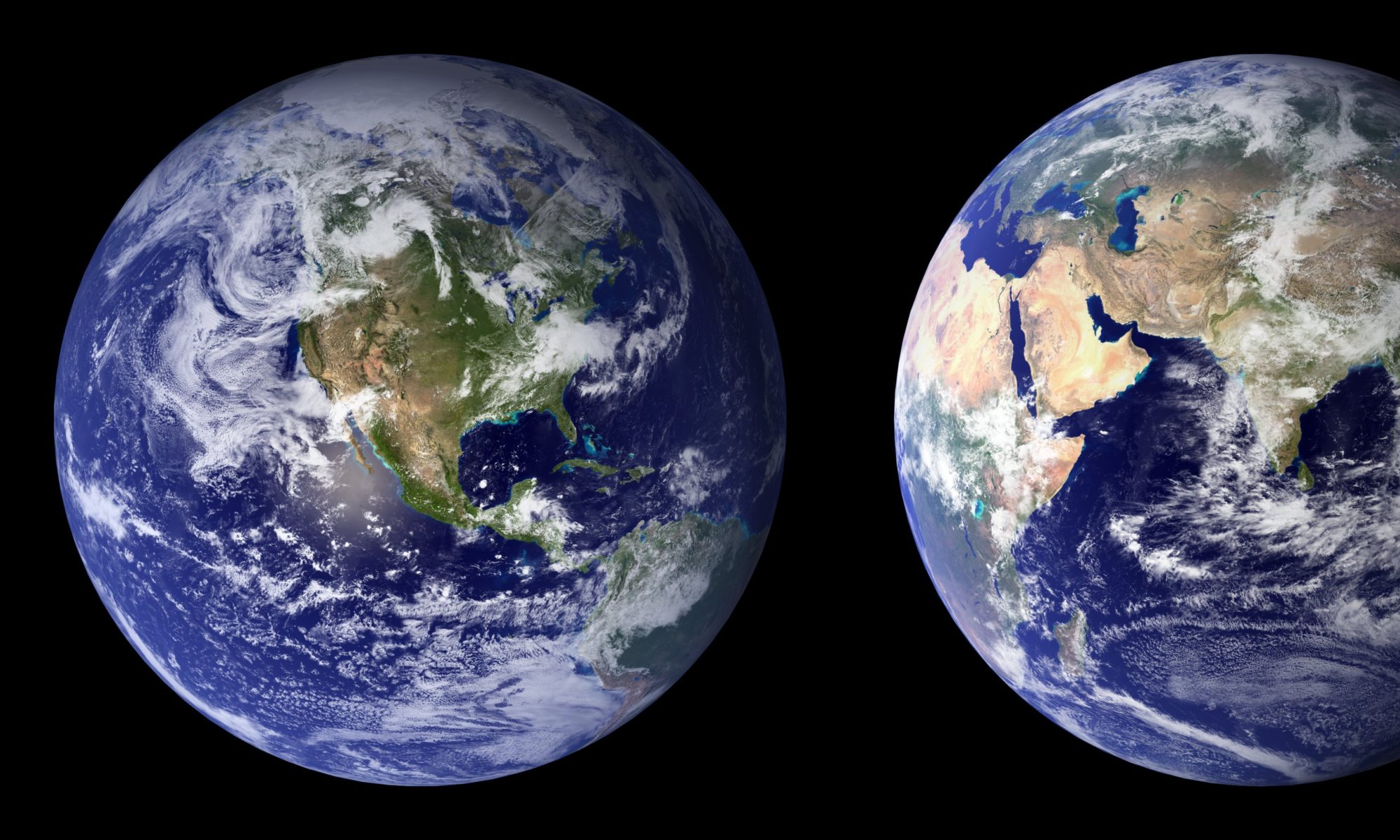3. Calculating the emissions of a website isn’t straightforward
Wholegrain Digital is currently developing a carbon calculator for websites which will be online by the 24th of April. This will not only tell you a website’s total carbon emissions per year; it will reveal the carbon emissions per page view of the website.
Since 5 kWh of electricity is used per GB of data, calculating the carbon intensity of a website should be as simple as measuring the data a website uses and combining it with the amount of carbon produced per KWh of electricity. However as with anything it’s not as straightforward as that.
For example, once you have visited a site, the files of that site are ‘cached’ on your machine (i.e. they won’t be downloaded when you return to the site). Therefore return visitors contribute a negligible amount to the data use of the site. Furthermore, the carbon intensity of the energy grid varies from place to place and some websites are hosted on data centres that use renewable energy which must be factored in to the equation. Tom reveals that all of these things are taken into account by Wholegrain Digital’s calculator, but because it must inevitably use broad assumptions, the calculator is really more of an ‘estimator’.
4. There is currently little financial incentive to reduce the emissions of the internet
Because the carbon emissions of aviation are tied to fuel efficiency and fuel is expensive, airlines have an obvious incentive to reduce fuel consumption and carbon emissions. But with the internet, things are less tangible. The people creating the websites make no financial gain from reducing their data usage and associated emissions. This is because they do not pay for the energy used to transfer data. Nor do these actions directly affect the finances of the people who view their website. As Tom explains, the hosting services (which buy data from the data centres to host people’s websites) are the ones who stand to save money but they sell data packages at a flat rate which fails to incentivise website developers to reduce data consumption.
In short the people making the decisions about how energy intensive their website is are not the ones paying for the energy.
However, if you have a limited data allowance for your device and pay extra for exceeding your allowance, visiting sites with a lower data intensity will save you money. This is particularly important for people in developing countries where data is expensive. As a result, website owners who wish to encourage traffic to their sites do have some incentive to reduce data intensity.
Given the increasingly globalised nature of internet traffic and the ballooning energy consumption it produces, it is perhaps only a matter of time before emission reductions for websites are formally incentivised, whether through government intervention or new commercial models.

In summary, Internet energy consumption is a problem that few people are aware of, and the need to address it has become increasingly urgent. Wholegrain digital is among the pioneers paving the way towards a low-carbon internet, and many internet giants – including Apple and Google – have already begun powering their data centres with renewable energy.
But you don’t have to be a website owner to play your part in making the internet more environmentally friendly. We can have an impact on emissions even as casual internet users. Perhaps think twice before downloading that show on Netflix or watching one more video on YouTube at 2AM.
Remember: data is energy and energy is carbon. So let’s educate ourselves and spread the word and together we can make a tangible difference!
***For those of you who run a website or blog, or simply want to learn more, check out Tom’s blog at Wholegrain Digital for information on green hosting and how to reduce the emissions of your website . Incidentally Tom ran AllAboutClimate.com through his prototype carbon calculator, and it was more than double the next largest website they had looked at. This is almost certainly due to the rolling video on the homepage, which I am setting out to address. Fortunately for me (and the environment!) the as-yet relatively small number of page views per month meant that my yearly carbon footprint was rather small.
References
1. Griffiths, M. (2008). ICT and CO2 Emissions. [PDF] London: Parliamentary Office of Science and Technology. Available at: http://researchbriefings.parliament.uk/ResearchBriefing/Summary/POST-PN-319#fullreport [Accessed 24 Mar. 2018].
2. American Chemical Society. (2013). Toward reducing the greenhouse gas emissions of the Internet and telecommunications. [online] Available at: https://www.acs.org/content/acs/en/pressroom/presspacs/2013/acs-presspac-january-23-2013/toward-reducing-the-greenhouse-gas-emissions-of-the-internet-and-telecommunications.html [Accessed 24 Mar. 2018].
3. Bawden, T. (2016). Global warming: Data centres to consume three times as much energy in next decade, experts warn. [online] The Independent. Available at: https://www.independent.co.uk/environment/global-warming-data-centres-to-consume-three-times-as-much-energy-in-next-decade-experts-warn-a6830086.html [Accessed 24 Mar. 2018].
4. Costenaro, D. and Duer, A., 2012. The megawatts behind your megabytes: Going from data-center to desktop. Proceedings of the 2012 ACEEE Summer Study on Energy Efficiency in Buildings, ACEEE, Washington, pp.13-65. Available at: http://aceee.org/files/proceedings/2012/data/papers/0193-000409.pdf [Accessed 24 Mar. 2018].



